Worcester, Massachusetts, boasts a vibrant and storied history that spans centuries of innovation, resilience, and cultural significance.
Worcester has left an indelible mark on American history from its early days as a colonial settlement to its pivotal role in the Industrial Revolution.
This bustling city, incorporated in 1722 as a town and later as a city in 1848, has been at the forefront of pivotal moments, including hosting the first public reading of the Declaration of Independence in Massachusetts by Isaiah Thomas in July 1776.
Additionally, Worcester’s legacy of industrial innovation is exemplified by the Coes brothers’ invention of the monkey wrench in 1840.
As we delve into Worcester’s past, we uncover a tapestry of achievements, milestones, and cultural contributions that continue to shape its identity and inspire future generations.
The Early Years in Worcester, Massachusetts History
Worcester, Massachusetts, has a rich history with several notable “firsts.” Here are some additional key points about its early years:
Incorporation
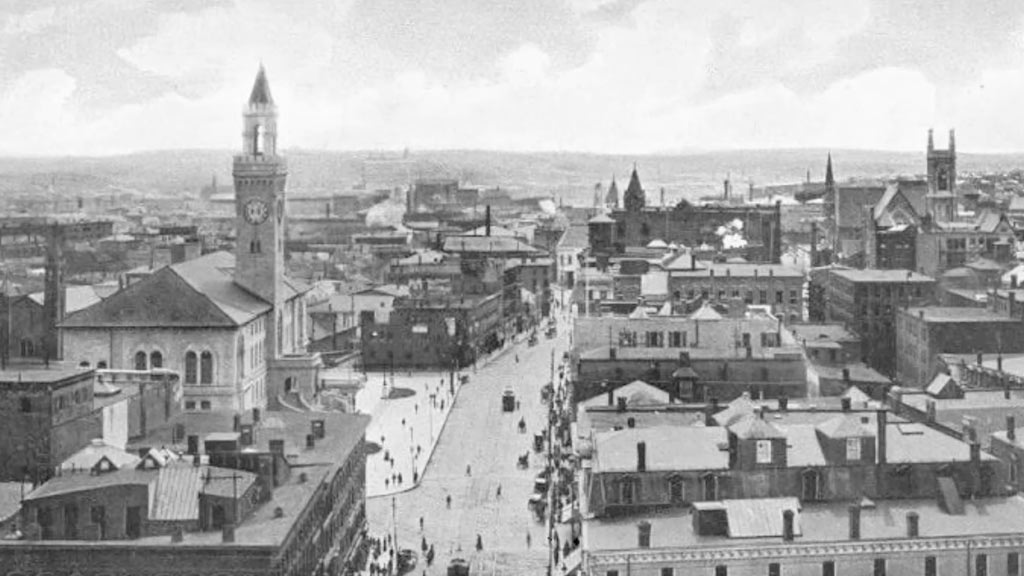
Worcester was officially incorporated as a town in 1722, making it one of the earliest settlements in Massachusetts.
Industrial Development
Worcester played a significant role in the Industrial Revolution, particularly in manufacturing and machinery production.
The city’s strategic location along waterways and its access to raw materials facilitated its growth as an industrial center.
Isaiah Thomas and the Declaration of Independence
As you mentioned, a prominent printer and publisher, Isaiah Thomas, first publicly read the Declaration of Independence in Worcester, Massachusetts, in July 1776.
This event marked an important moment in the spread of revolutionary ideals and the dissemination of information during the American Revolution.
Coes Brothers and the Monkey Wrench
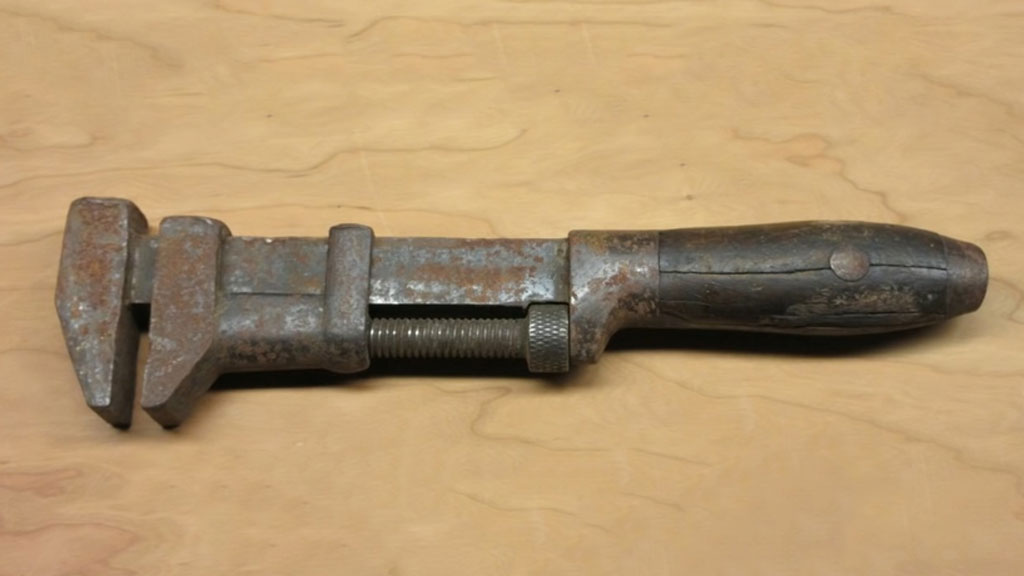
The Coes brothers’ invention of the monkey wrench in 1840 is another significant milestone in Worcester’s history.
This tool revolutionized mechanical work, particularly in industries such as manufacturing, construction, and agriculture.
Transportation Hub
Worcester’s central location in Massachusetts made it a vital transportation hub during the 19th century.
The city’s railways and canals facilitated the movement of goods and people, further contributing to its industrial and economic growth.
Educational Institutions
Worcester has a long tradition of educational excellence, with institutions such as Worcester Academy (founded in 1834) and Worcester Polytechnic Institute (founded in 1865) playing key roles in shaping the city’s intellectual landscape.
These “firsts” and historical developments underscore Worcester’s importance in American history and its contributions to various fields, including industry, education, and the spread of revolutionary ideas.
Worcester’s Firsts Pioneering Achievements
Worcester, Massachusetts, has a history of pioneering achievements and notable “firsts.” Here are some additional milestones that highlight the city’s innovation and progress:
First National Women’s Rights Convention
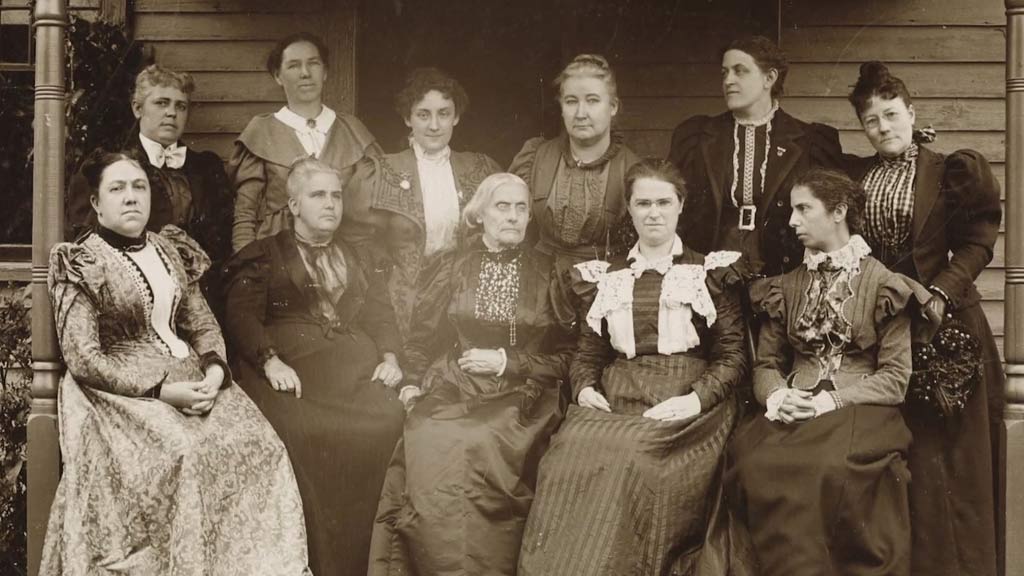
Worcester hosted the first National Women’s Rights Convention in 1850. This event, held at Brinley Hall, brought together activists nationwide to discuss women’s suffrage and other key issues related to gender equality.
First Modern Valentine’s Day Card
Esther Howland, a Worcester native, is credited with producing the first modern-style Valentine’s Day cards in the 1840s.
Her elaborate, handcrafted cards became widely popular and helped establish Worcester as a center for the greeting card industry.
First Perfect-Bound Paperback Book
In 1845, J.E. Estabrook & Company of Worcester published the first perfect-bound paperback book in the United States.
This innovation in bookbinding revolutionized the publishing industry by allowing for the mass production of affordable books.
First American Bicycle Race
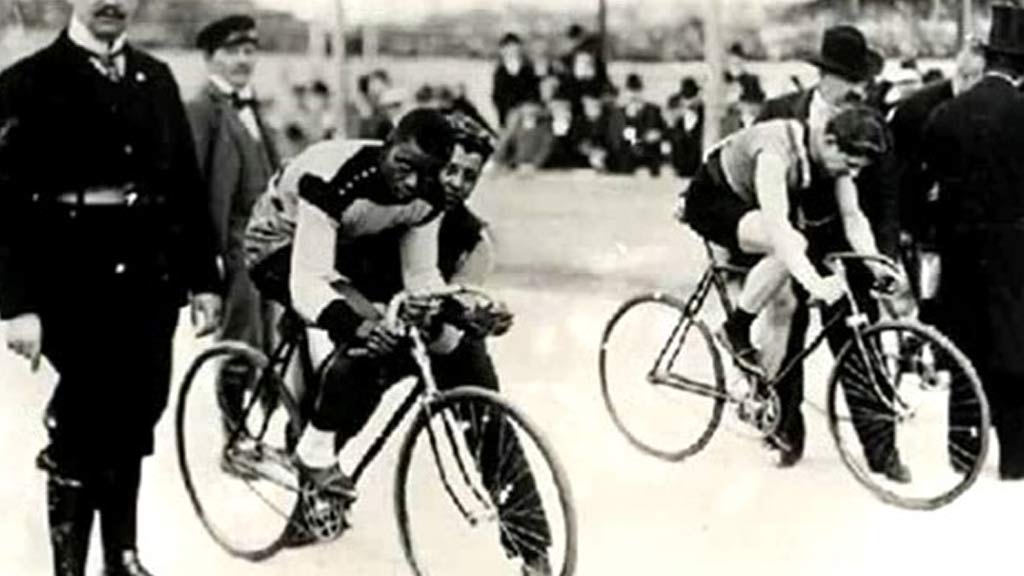
The first recorded bicycle race in the United States occurred in Worcester on May 24, 1878.
Organized by Albert A. Pope, founder of the Pope Manufacturing Company, the race began the bicycle craze that swept the nation in the late 19th century.
First Public Reading of “Uncle Tom’s Cabin”
Harriet Beecher Stowe’s abolitionist novel “Uncle Tom’s Cabin” was first publicly read in Worcester in 1852.
The reading, held at Mechanics Hall, helped galvanize support for the anti-slavery movement in the lead-up to the Civil War.
First Commercially Successful Photographic Portrait Studio
Southworth & Hawes, a partnership between Albert Sands Southworth and Josiah Johnson Hawes, established the first commercially successful photographic portrait studio in Worcester in the mid-19th century.
Their high-quality daguerreotypes and other photographic techniques helped popularize portrait photography in America.
These pioneering achievements reflect Worcester’s status as a center of innovation and progress in various fields, including women’s rights, publishing, sports, literature, and photography.
They continue to shape the city’s identity and contribute to its rich cultural heritage.
Industrial Innovation in the Worcester, Massachusetts History
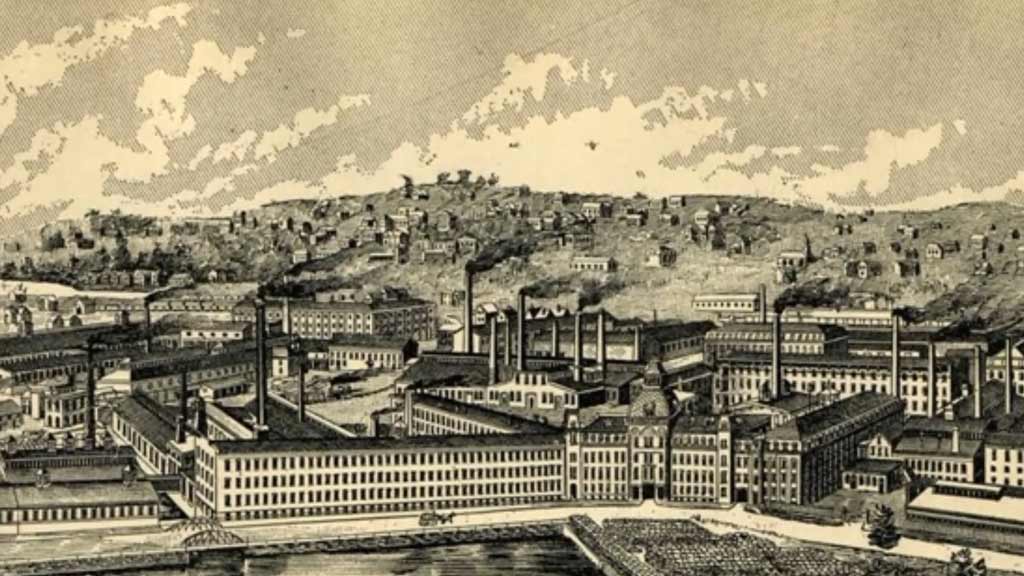
Worcester, Massachusetts, has a significant history of industrial innovation, contributing to the city’s growth as a major manufacturing center during the 19th and early 20th centuries.
Here are some key aspects of industrial innovation in Worcester’s history:
Machinery and Tool Manufacturing
Worcester became known for producing machinery and tools, particularly in textiles, firearms, and precision engineering industries.
Companies like the Worcester Pressed Steel Company and the Norton Company played crucial roles in manufacturing machinery. At the same time, the Coes Wrench Company revolutionized tool production with inventions like the monkey wrench.
Wire Manufacturing
Worcester was a hub for wire manufacturing during the 19th century. The Washburn & Moen Company, founded in Worcester in 1831, became one of the largest producers of wire in the United States.
This industry supplied wire for various applications, including telegraphy, fencing, and construction.
Growth of Textile Industry
Worcester’s location along waterways and its access to raw materials facilitated the growth of the textile industry in the 19th century.
Mills sprang up along the Blackstone River, utilizing water power to produce textiles such as cloth and carpets. The Crompton Loom Works, founded in Worcester in 1837, was one of the leading manufacturers of textile machinery in the United States.
Innovations in Printing and Publishing
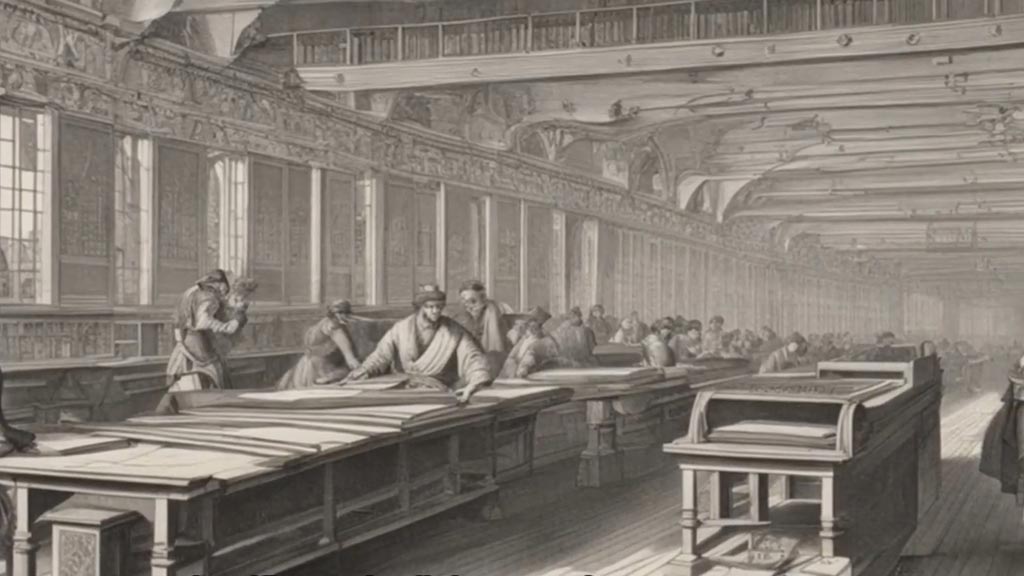
Worcester played a significant role in the printing and publishing industry.
Isaiah Thomas, a prominent printer and publisher, established the American Antiquarian Society in Worcester in 1812, which became a leading repository of early American printing and publishing history.
Thomas’s printing press was instrumental in disseminating revolutionary ideas during the American Revolution.
Mechanical Engineering and Innovation
Worcester Polytechnic Institute (WPI), founded in 1865, has been a driving force behind technological innovation in the city.
WPI’s emphasis on practical, hands-on education has produced generations of engineers and innovators who have contributed to various industries, including manufacturing, aerospace, and robotics.
Legacy of Innovation
Worcester’s legacy of industrial innovation continues to influence the city’s economy and culture.
While many traditional manufacturing industries have declined, Worcester remains a center of innovation, focusing on biotechnology, healthcare, and advanced manufacturing.
Overall, Worcester’s history of industrial innovation reflects its role as a dynamic and evolving city that has adapted to changing economic conditions while preserving its legacy of technological progress.
Worcester’s Gradual Evolution in the History
Worcester, Massachusetts, has undergone a gradual evolution throughout its history, transitioning from a small colonial town to a bustling industrial center and eventually to a modern city with a diverse economy and vibrant cultural scene.
Here’s an overview of Worcester’s gradual evolution:
Industrialization (19th century)
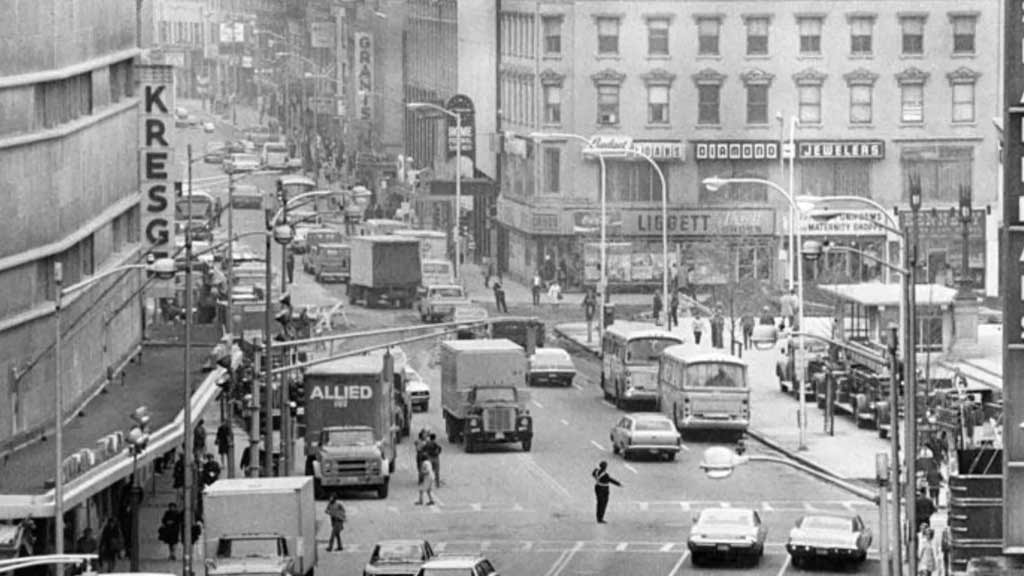
Worcester experienced rapid industrialization during the 19th century, fueled by its strategic location along transportation routes and abundant natural resources.
The city became a hub for manufacturing, particularly in industries such as textiles, machinery, and wire production.
This period of industrial growth brought an influx of immigrants, primarily from Europe, to work in the factories and mills.
Colonial Settlement (17th and 18th centuries)
Worcester was first settled in the 17th century by European colonists, primarily of English descent. Initially, it was a small agricultural community, with farming as the primary occupation.
The town grew slowly during the colonial period, with a focus on subsistence farming and local trade.
Expansion and Urbanization (late 19th and early 20th centuries)
As Worcester’s industrial base expanded, so did its population and urban footprint.
The city underwent significant urbanization, with the development of neighborhoods, infrastructure, and public services to accommodate the growing population.
Worcester’s downtown area became a bustling commercial center, with shops, restaurants, and entertainment venues catering to residents and visitors alike.
Decline of Traditional Industries (mid-20th century)
Like many industrial cities in the United States, Worcester faced economic challenges in the mid-20th century due to the decline of traditional manufacturing industries.
Many factories closed or relocated, leading to job losses and economic hardship for the city’s residents.
However, Worcester began to diversify its economy during this period, with the emergence of new industries such as healthcare, education, and technology.
Economic Revitalization and Cultural Renaissance
In recent decades, Worcester has undergone a process of economic revitalization and cultural renaissance.
The city has capitalized on its strengths in healthcare and education, with institutions like UMass Memorial Medical Center and Worcester Polytechnic Institute driving innovation and growth.
Worcester has also seen a resurgence in its cultural scene, revitalizing historic neighborhoods, the development of arts and entertainment venues, and a thriving restaurant scene.
Diverse Economy and Community (present day)
Worcester is a diverse and dynamic city with a multifaceted economy that includes healthcare, education, manufacturing, technology, and services.
The city’s population reflects its rich cultural heritage, with residents from various ethnic, racial, and socioeconomic backgrounds contributing to its vibrant community.
Worcester’s gradual evolution reflects its ability to adapt to changing economic and social conditions while retaining its historical identity and sense of community.
From its colonial origins to its modern-day status as a thriving city, Worcester continues to grow and evolve, embracing new opportunities and challenges.
FAQs
What cultural landmarks are significant in Worcester’s history?
Worcester boasts several cultural landmarks that reflect its rich history, including Mechanics Hall, where “Uncle Tom’s Cabin” was first publicly read, and the American Antiquarian Society, founded by Isaiah Thomas.
These institutions preserve and celebrate Worcester’s literature, printing, and social reform contributions.
How has Worcester’s economy evolved?
Worcester’s economy has evolved significantly, transitioning from agriculture in its colonial period to industrial manufacturing during the 19th century.
In recent decades, the city has diversified its economy, focusing on healthcare, education, technology, and services, reflecting broader economic trends.
What role does Worcester play in education and innovation?
Worcester has a strong tradition of education and innovation, exemplified by institutions like Worcester Polytechnic Institute (WPI) and Worcester State University.
These institutions foster cutting-edge research and provide a skilled workforce that drives biotechnology, engineering, and healthcare innovation.
Wrapping Up
Worcester, Massachusetts, stands as a testament to American cities’ resilience, innovation, and evolution throughout history.
From its humble beginnings as a colonial settlement to its emergence as a bustling industrial center during the 19th century, Worcester has continually adapted to changing economic and social landscapes.
The city’s pioneering achievements, such as hosting the first public reading of the Declaration of Independence in Massachusetts and producing groundbreaking inventions like the monkey wrench, reflect its role in shaping American history and culture.
Despite facing economic challenges in the mid-20th century, Worcester has embraced diversification and revitalization in recent decades, leveraging its strengths in healthcare, education, technology, and services to drive economic growth and cultural vibrancy.
As Worcester continues to evolve and innovate, it remains a beacon of progress and opportunity, embodying the spirit of resilience and adaptation that defines the American experience.
Jaclyn Lowe